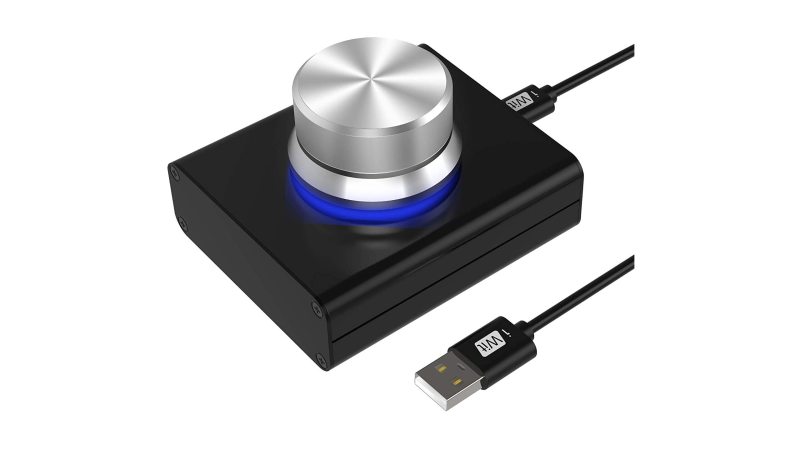How to use the git .gitconfig file for a more efficient workflow
Jack Wallen shows how to use the .gitconfig file for global git configurations and a more efficient developer setup.
The post How to use the git .gitconfig file for a more efficient workflow appeared first on TechRepublic.
Continue reading How to use the git .gitconfig file for a more efficient workflow
